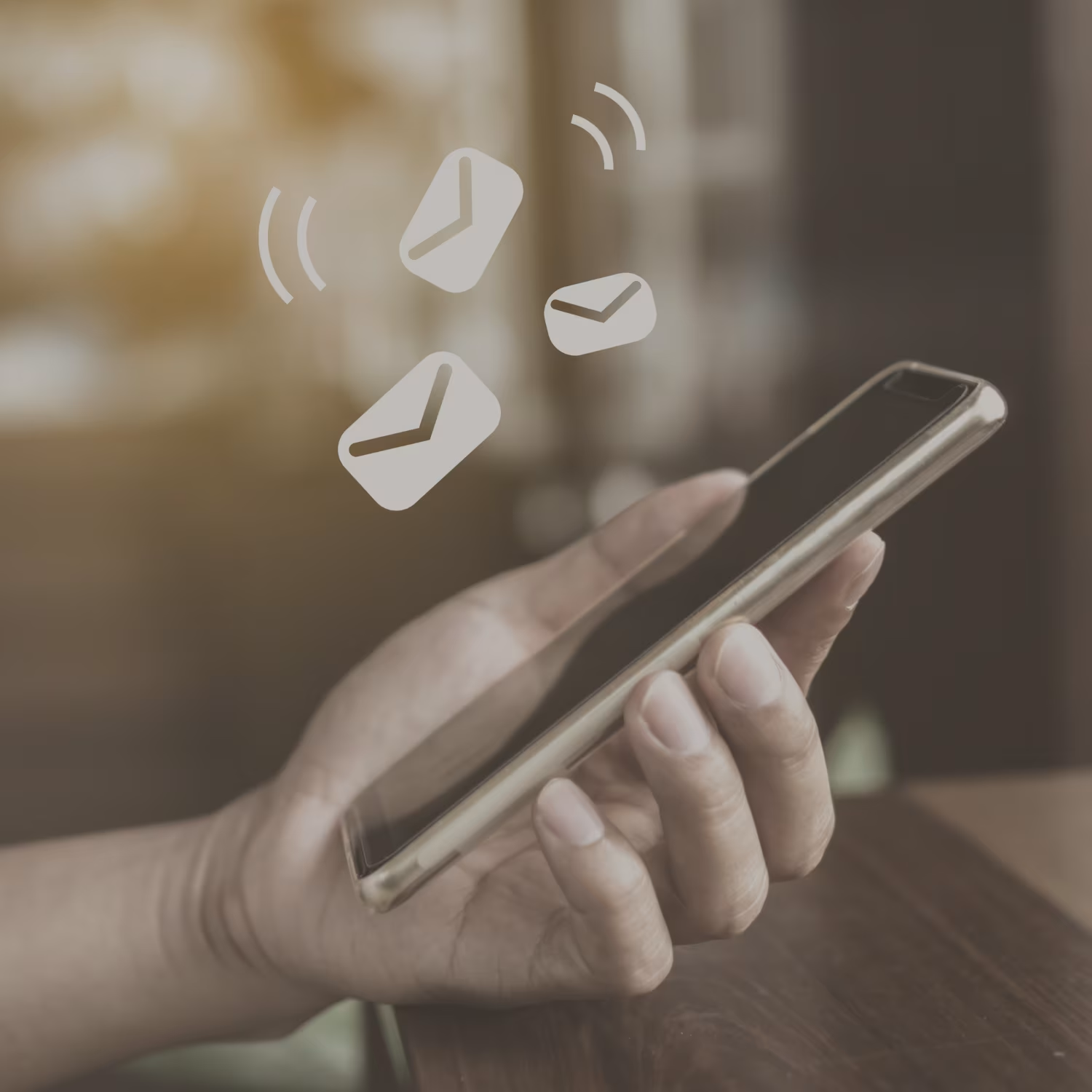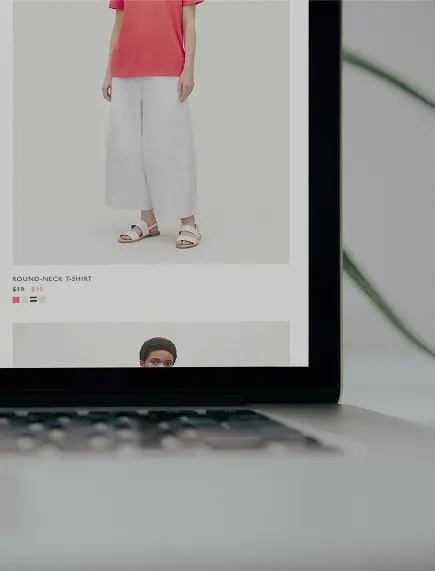Blog
Learn how push notifications transform anonymous users into leads


The 5 strategies to attract more leads on the web
The famous phrase “knowledge is power” by the philosopher Francis Bacon comes in handy to explain the need to know more and more about the visitors of our website. Sometimes you make the mistake of making a large investment in attracting web traffic and leave the next step almost to chance, relying on the quality of the product and the attractive aesthetics of the website. For this reason, there are cases that count very low conversion rates of web traffic since the high numbers of visitors do not correspond to the customers obtained and, even, to identified users.
To counteract this effect, push notifications are essential when it comes to identifying anonymous web visitors and transforming them into identified and interested users of the brand. Push notifications are sent directly to the user’s device (mobile, computer and tablet) and achieve a high conversion rate due to their high visibility and their interactive and personalization capacity of the message. To send this message, it is not necessary to ask any information directly to the visitor (mobile number or email), which is usually a very deterrent factor for part of the audience. Specifically, it is only necessary for the visitor to accept the receipt of the notifications by clicking affirmatively on the message that appears in the browser.
The personalization of communications is essential to ensure that the users maintain their relationship with the brand by offering them the content they need or are interested in. How do we know this if we don’t know who the user is? It’s easy with indigitall as we offer 5 ways to catalog or segment anonymous users:
Navigation Time
It is a configurable piece of data by the company that decides when to send the visitor a request to accept notifications. Once the pushes are accepted, the user may receive different information depending on the section where this time has been accounted for.
Time spent in web domain
It is a similar case to the previous one but more general since it counts time throughout the web domain, making it more difficult to place its interest in a certain section. It can be useful to impact a greater number of visitors and, once the pushes are accepted, we will ask in the first messages about their interests and profile.
Segments or topics
By means of a web form, the visitor is asked about their interests and, from this moment on, the relevant communications for their group or segment are sent, thus achieving a high conversion rate.
Retargeting
This practice is critical for the recovery of abandoned carts or unfinished forms by automating the sending of messages, immediate or scheduled, at the time of abandonment. Retargeting is a consolidated marketing strategy that multiplies by 25 the success of campaigns.
Impact per logged-in session
This technique is the most general of all as it will request the sending of pushes to all web visitors. It should be noted that after acceptance, the first notifications should inquire about the user’s interests in order to offer the desired information and thus maintain communication. This option fully complies with the data processing law because when the session is closed, the data will disappear if the user has not accepted the notifications.
In addition to these 5 essential strategies to identify web visitors, indigitall applies artificial intelligence modules so that communications achieve the highest conversion rates by receiving them at the most opportune time and through each user’s favorite channel. Precisely, indigitall’s Customer Journey platform integrates all digital channels from a single tool, offering a global and detailed analysis of any digital interaction, phone call or contact in a physical space.











